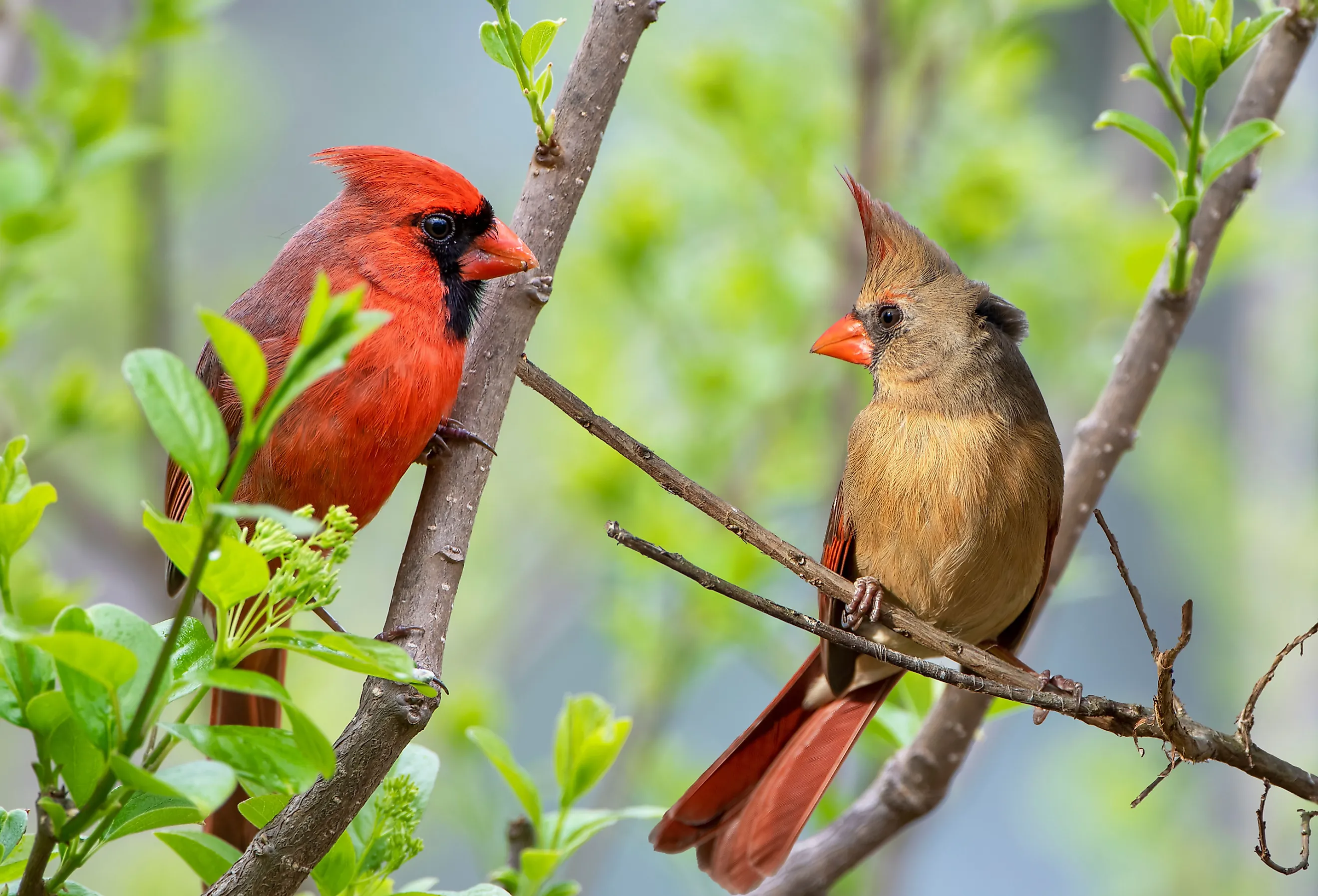
The 12 Coolest Animals In Ohio
The Midwestern state of Ohio merges the Great Lake shoreline (i.e., Southwestern Lake Erie) with prairies, wetlands, and forests. Even though the landscape has changed quite dramatically over the past few centuries, there are still abundant opportunities for a diverse range of species to prosper. There are 55 documented species of mammals, nearly 50 reptiles, upwards of 40 amphibians, and somewhere in the neighborhood of 427 species of birds (migratory and year-round alike) to be found throughout the Buckeye State. Step forth and uncover twelve of the coolest animals in this overlooked part of the United States.
White-Tailed Deer
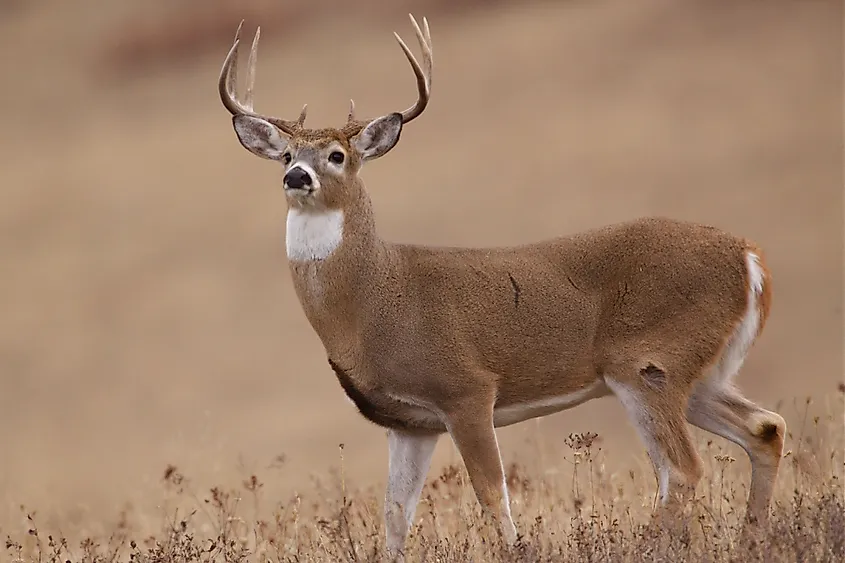
This perky and plentiful herbivore is the state mammal of Ohio. It is estimated that anywhere from 650,000 to 900,000 white-tailed deer (Odocoileus virginianus) are present in the state (a remarkable figure given that it was hunted to near-extinction in Ohio by the beginning of the 20th century). Weighing over 100 pounds (males can reach double that during mating season), the white-tailed deer, though the smallest member of the North American deer family, is the second-largest mammal in the state (next to the reemerging black bear).
During the winter, they keep to coniferous forests for protection and move out into fields and meadows during the summer. Their muted-brown hide blends in well with the rural environments, though the characteristic white underside of the tail can be seen as they prance towards cover. The male's prominent antlers also tend to draw attention.
Northern Cardinal
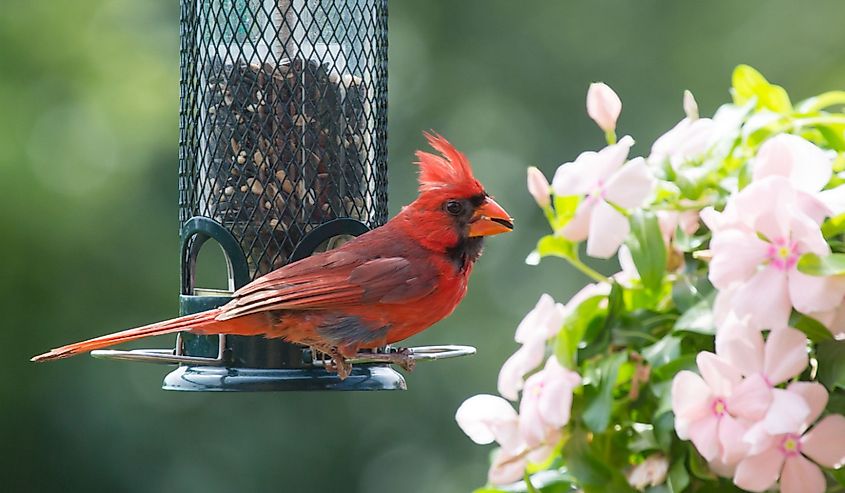
The bright red cardinal (Cardinalis cardinalis) was recognized as the state bird in 1933. Curiously, it was not commonly found in the organic environments of pre-colonial Ohio. But after substantial clear-cutting of its forests, they began to move into the more spacious habitats (a prime example of the complicated trade-offs to manipulating the landscape).
Given its exceptional plumage, the cardinal is a favorite amongst bird watchers. In conjunction with the pleasant and varied calls, it will brighten any hike or nature outing, regardless of the season. Given the bolder shade of red feathers, males are easier to spot. They also sport a black mask and prominent head crest.
Black Racer Snake
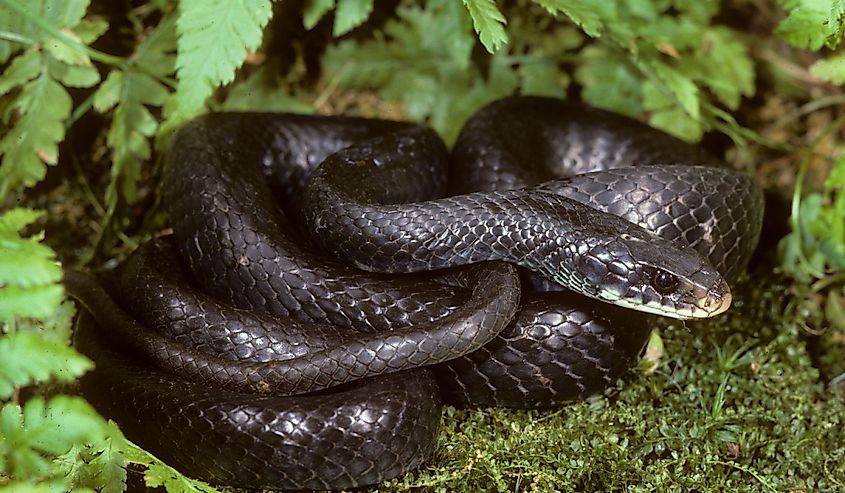
Ohio's state reptile is the black racer snake (Coluber constrictor). As the name suggests, this super cool serpent is typically dark in appearance (with shiny scales that range from black and gray to brown and even bluish). It can move quite swiftly (i.e., in bursts reaching roughly eight to ten miles per hour) through the grasslands, open woodlands, and forest edges in which it inhabits. Combine these two facts with its considerable length (up to five feet), and the black racer snake can be intimidating.
However, given that it is nonvenomous and, like most snakes, avoids interactions with humans, Ohioans have nothing to worry about. Black racers are good to have around as they naturally keep pest populations (namely, mice and rats) in check.
Spotted Salamander
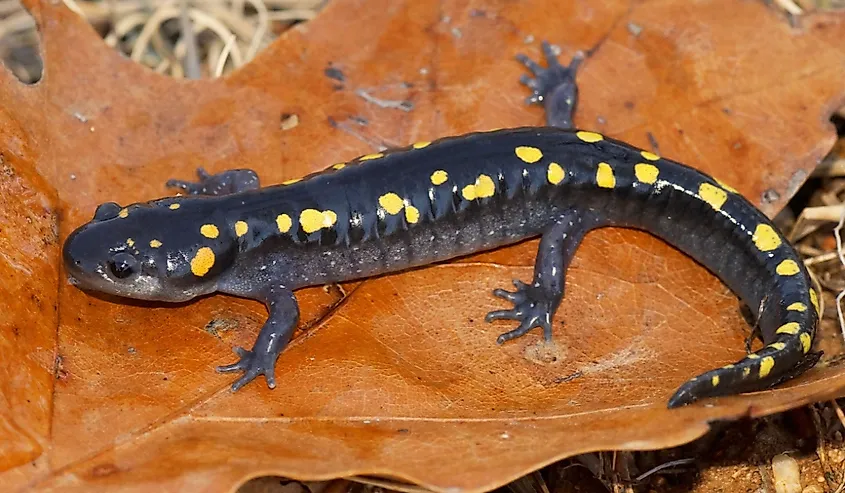
Another slimy, cool-looking animal honorary authorities have recognized is the spotted salamander (Ambystoma maculatum) – Ohio's state amphibian. Though it has wide local distribution (in addition to habitats throughout much of the Eastern United States), settling into mature deciduous forests that are close to minor waterways (i.e., creeks, ponds, and swamps) and floodplains, the spotted salamander is a somewhat elusive creature.
For starters, it is nocturnal. And when not on the prowl for insects, spiders, slugs, and other creepy crawlies, it hides beneath rocks and logs, or within burrows made by other animals (the spotted salamander is not particularly adept at digging). But on the odd chance that someone is lucky enough to see such a salamander in the wild, look out for a black, yellow-spotted body that can reach about 9 inches long.
Bullfrog
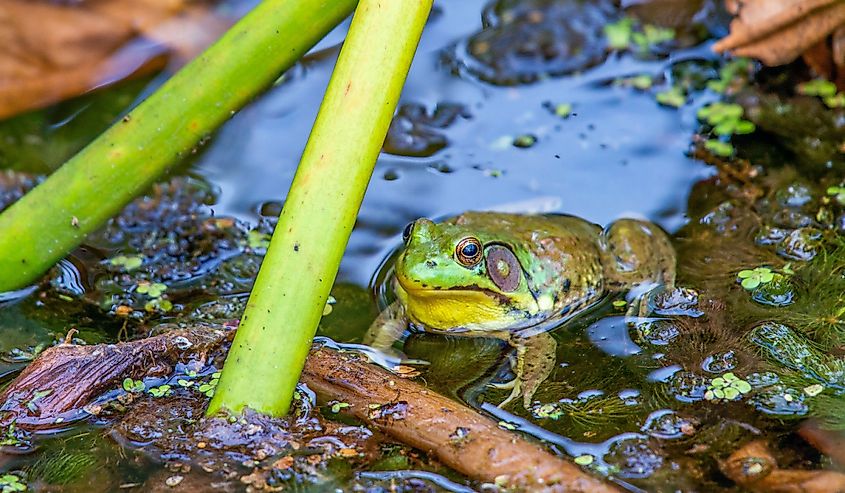
The spotted salamander and the American bullfrog (Lithobates catesbeianus) were named state animals in 2010.The latter is the "state frog." The bullfrog is a fitting choice, given its prominence throughout the marshes, ponds, and slow-moving waterways of Ohio – where it is typically seen between late April and the end of the summer. At three-and-a-half to six inches long, this is the largest frog species on the continent. It also has a deep, dominating, almost alien call. Sometimes, groups of male frogs will join in what is appropriately called a chorus to amplify their voices so they can be heard from a mile away.
Finally, bullfrogs are amazingly athletic – jumping ten times their body length. Female bullfrogs lay thousands of eggs at a time. It takes the surviving tadpoles one to three years to morph into frogs. The total lifespan of an average bullfrog is seven to nine years.
Ladybug
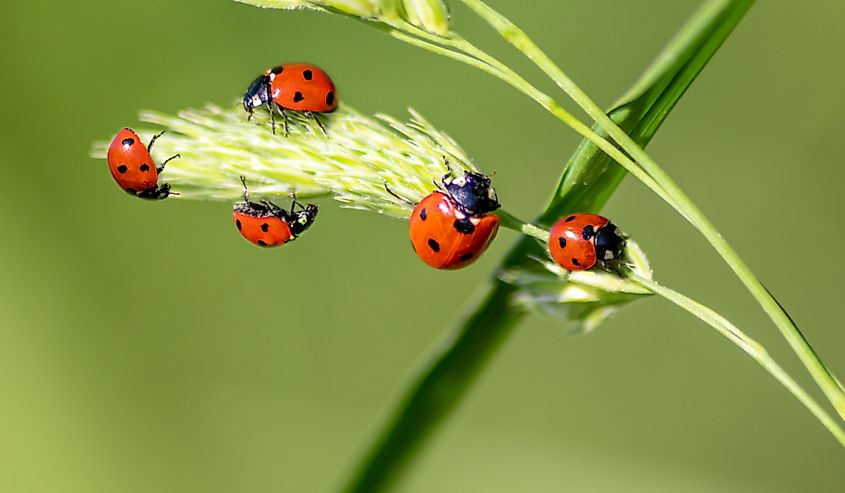
Ohio even decided to crown a state insect (back in 1975). Granted, few people would protest the ladybug (Coccinella septempunctate) as a worthy symbol. The winged, red-shelled, black-spotted insect is found across all 88 counties of the Buckeye State. Ladybugs are not only nice to look at, but they act as a natural insecticide. By determinedly hunting down pest insects, such as aphids (by the thousands, across a single lifetime), ladybugs reduce the need for chemical treatments that may subtly (or, historically-speaking, dramatically) affect the local ecology.
The ladybird beetle, as it is also known, matches the state flag, the state bird, and the state flower (the red carnation), fitting Ohio's aesthetic.
Coyote
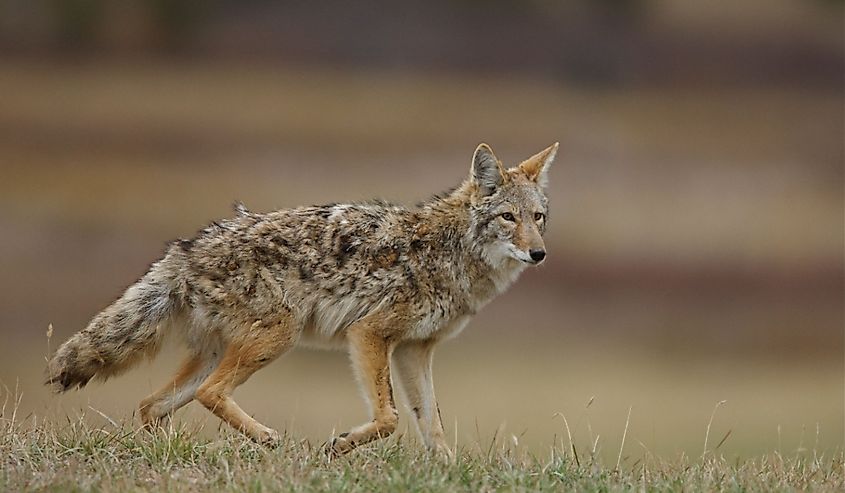
The coyote (Canis latrans) has a bit of a bad reputation in modern society, but this cunning, curious, and vocal member of the Canidae family continues to be revered in Native American mythology. Despite having its habitat fractured by farmlands and cities, the coyote population, which spans most of North and Central America, is estimated to be as great as ever (and still rising). Whereas once they stuck to the prairies and deserts in the core of the continent, coyotes have now followed humans into novel and even artificial environments.
These opportunistic hunters work together (usually in groups of five or six, but as many as 20) to fall small to medium-sized prey. Unfortunately, this sometimes means that pets and livestock make it onto the menu. Coyotes, like all wild animals, simply follow their survival instincts and have done a remarkable job at adapting to the litany of environmental changes thrown at them over just a handful of generations.
American Badger
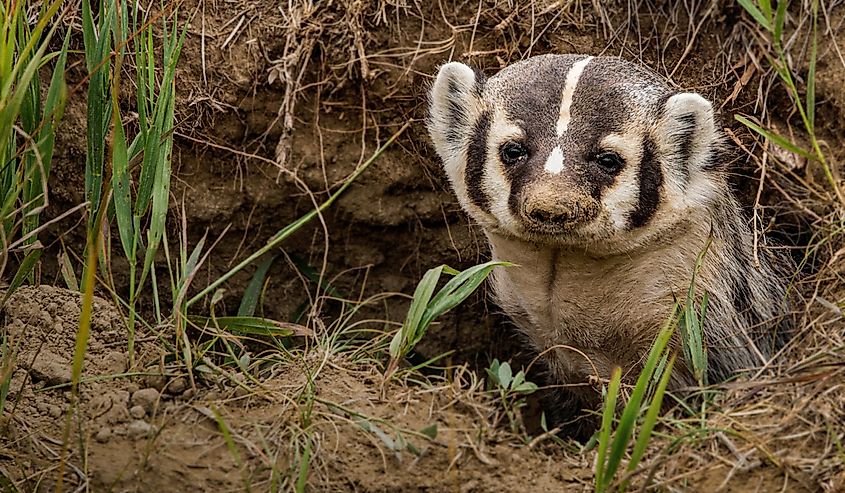
The badger (Taxidae taxus) is another example of a species well-adapted to a broad environment, supremely capable, and even though it is cute to look at (though rarely seen), exceptionally threatening when it needs to be. Badgers have stout, flat bodies with dark, white-stiped triangular faces that make them proficient diggers (with their specially-adapted feet/claws) and allow them to burrow into tight spaces.
While the honey badger is notoriously ferocious, its American cousin can undoubtedly hold its own in a quarrel (though few predators choose to pick a fight). Badgers are excellent hunters, focusing on small mammals – especially the prairie dog. Even though current populations are stable, the targeted eradication of its primary food source (in some areas) has stressed the badger.
Piping Plover
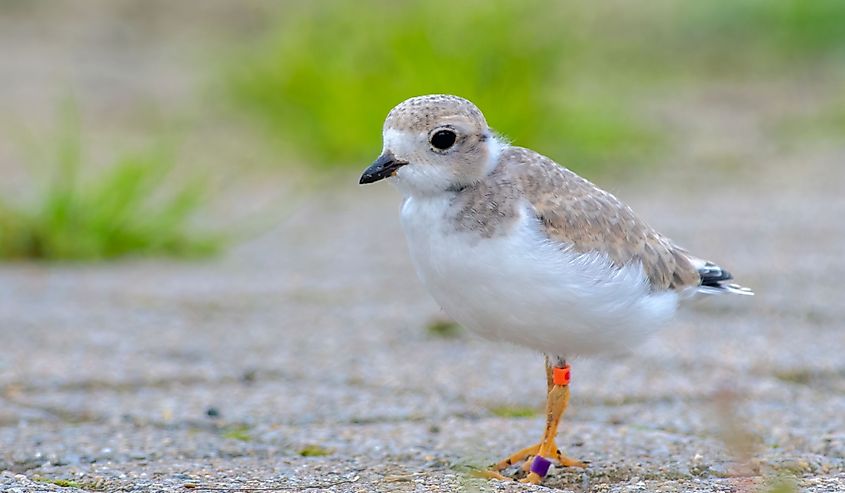
The piping plover (Charadrius melodus) is an unfolding story of species recovery in the Great Lakes Region. This adorable, beach-colored, short-billed bird is endemic to North America. Still, it has a relatively small distribution (only reaching the Northern parts of Mexico in the winter) and has long been teetering on the brink of extinction for quite some time. This shorebird nests on open, sandy shores. Ohio's Lake Erie stretch and much of the surrounding Great Lakes should be prime real estate for the piping plover. Still, sadly, it has nearly disappeared from this region entirely in recent decades.
In 1986, fewer than 20 breeding pairs remained (but none in Ohio), down from the 500 to 800 pairs that historically existed there. As a result, this subpopulation was listed under the Endangered Species Act. Slowly, those numbers inched closer to 100 (pairs), and then, in 2021, a couple of piping plovers (affectionately named Nish and Nellie) nested on Ohio's shore for the first time in 83 years.
Indiana Bat
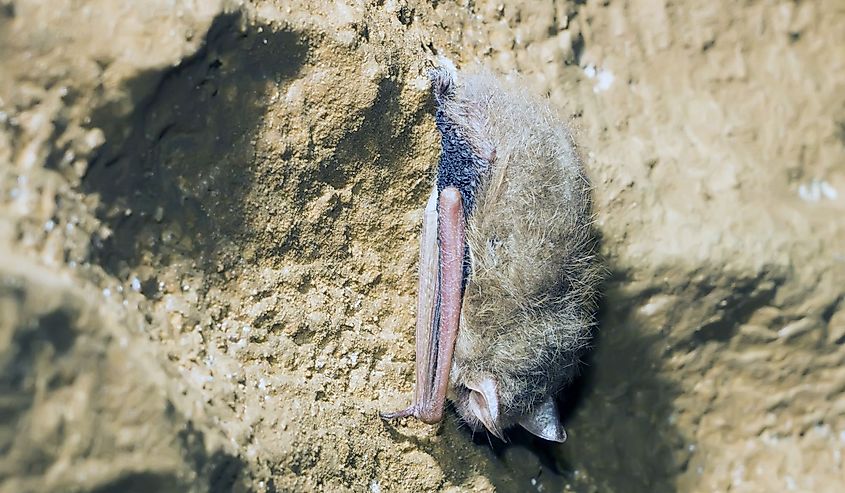
Regarding struggling species, four of the ten bats found in Ohio have been listed as endangered at the state level (with federal overlap, too): the little brown bat, the tri-colored bat, the northern long-eared bat, and the Indiana bat. Each deserves its limelight, but the Indiana bat (Myotis sodalis) is a unique species that heads to Ohio to hibernate.
This medium-sized, dull-gray insectivore spends the winter months hibernating in caves and mines (in groups pushing 500 bats per square foot). At the same time, in the spring/summer, the females form maternal colonies (of up to 100 bats) within trees along the edge of streams and rivers. For this reason, the Ohio Department of Natural Resources strongly advises against cutting down trees between April and October. While it is not illegal to do so, should these vulnerable bats be harmed in the process, then restitution charges may be filed.
Black Bear
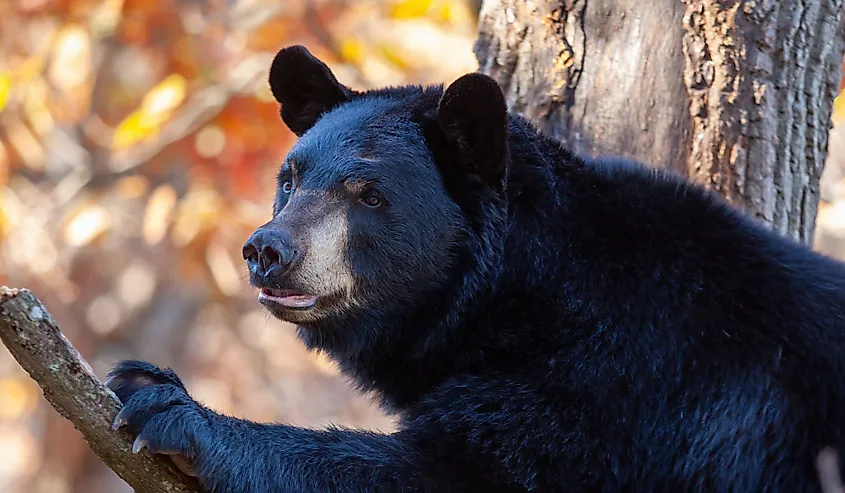
Regarding cool North American mammals, the ever-popular black bear (Ursus americanus) is tough to top. Though prolific on a continental scale (endemic to North America), this stocky, glossy, and (usually) black ursine has struggled in Ohio. Because of overhunting and rapid habitat loss, the state's black bear population vanished by 1850.
Since then, a modest but increasing population has been restored. Currently, 50 to 100 individuals are estimated to roam in the Northeast and Southeast corners. And now that the spirit of conservation has gained a firm footing, these strong swimmers, fast runners, and expert climbers should be able to thrive in Ohio, just as they do in so many other parts of North America.
Eastern Chipmunk
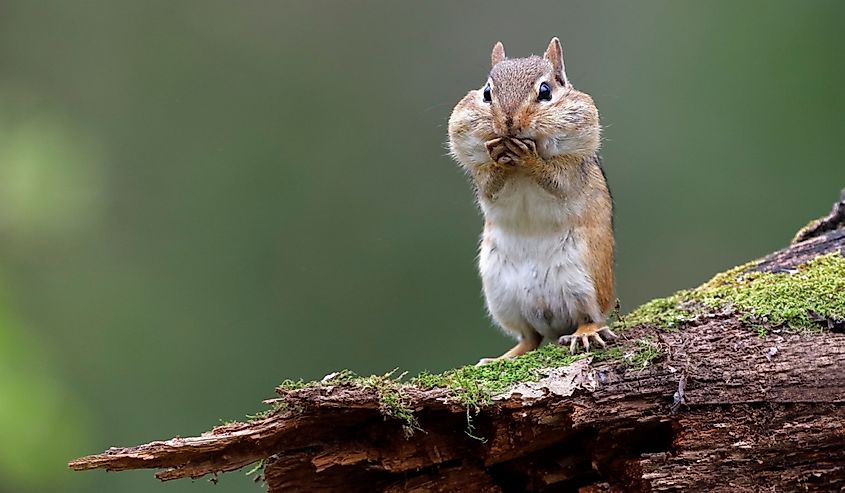
This painfully cute rodent roams in healthy numbers, but only across Eastern North America. The eastern chipmunk (Tamias striatus) has a small body, averaging about 9.6-inches (including the bushy tail), is reddish-brown on top, with a mix of white and dark-brown/black stripes, and white underneath. It also has prominent black eyes, rounded ears, uncannily hand-like paws, and impressively expandable cheek pouches used to carry food.
Chipmunks are omnivores that primarily seek nuts, seeds, acorns, fruits, and mushrooms but will also occasionally snatch up insects, snails, bird eggs, and even juvenile mice. Ohioans will be accustomed to seeing the eastern chipmunk during fall days when they are busy storing food for the winter. At night and during the winter, they sleep in burrows that are interconnected by long tunnels and contain many off-shoot chambers (all part of their predator-evading strategy).
Ohio enjoys a terrestrial backyard of nearly 41,000 square miles and a water area just a drop shy of 4,000 square miles. It also maintains eight national parks across its distinct ecological regions. The stage is, therefore, set for a broad spectrum of intriguing animals. While there are plenty of thriving crowd-pleasers and a few polarizing figures, some critically endangered species are struggling to keep up with an ever-changing, sometimes combative environment. Will they persist for subsequent generations? It would be a lot cooler if they did.











